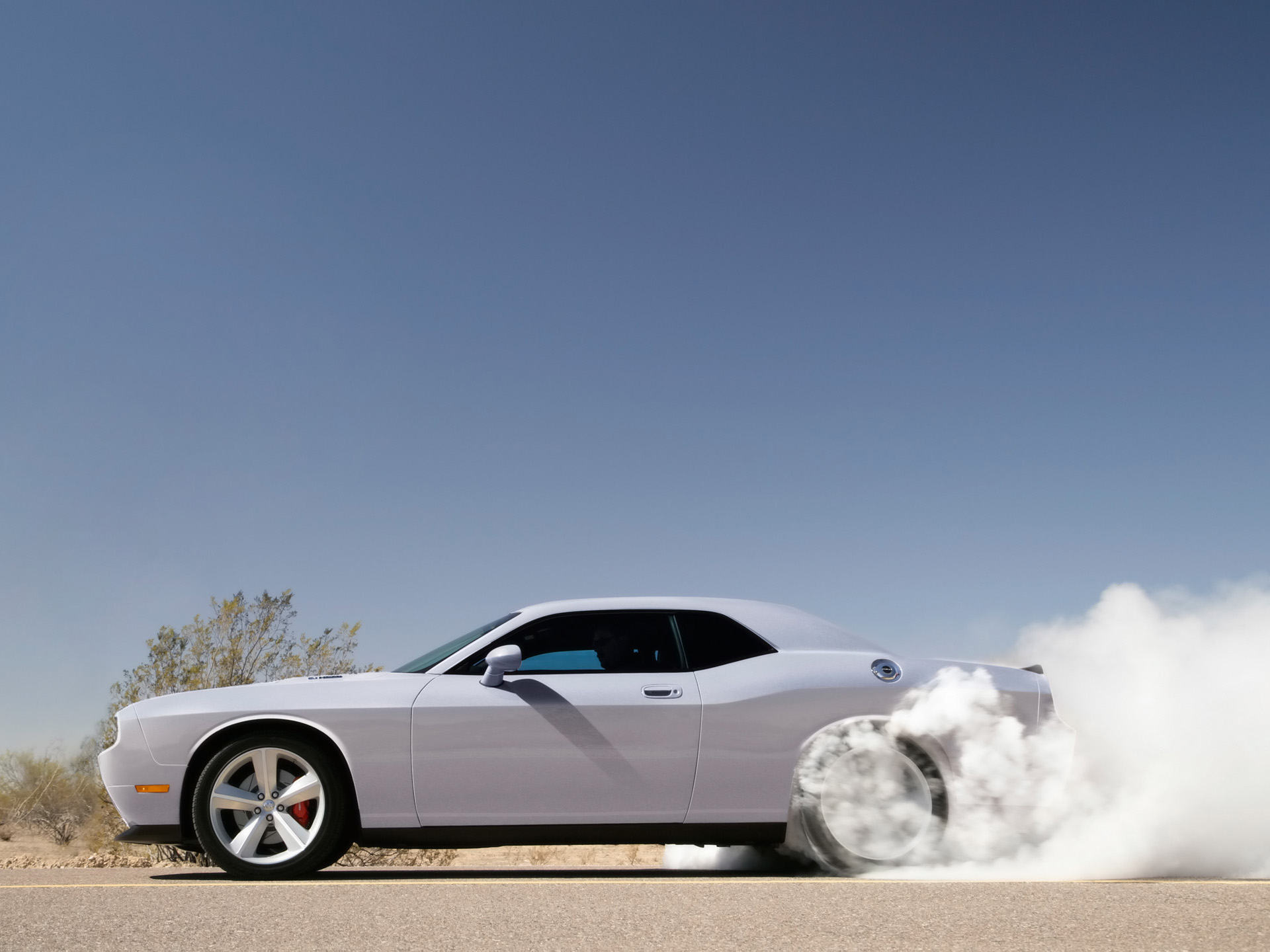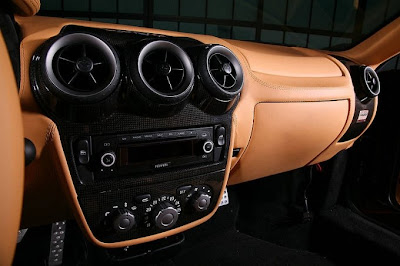2010 Buick Regal Sport Sedan - Front
The new Buick Regal arrives in the second quarter of 2010, with its sights aimed squarely on competitors like the Acura TSX and Volvo S60. It has a longer wheelbase and greater trunk volume than those vehicles, along with standard features - including a six-speed automatic transmission, 18-inch wheels and OnStar.
The Buick Regal's development is rooted in Germany, where the globally led engineering team created the award-winning Opel Insignia - the 2009 European Car of the Year. The Insignia has garnered more than 31 prestigious awards and is the best-selling midsize sedan in Europe. Buick Regal will bring all of Insignia's award-winning design, technology and European-inspired performance capabilities to the American market.
The Buick Regal has already been a success on another continent, in China. It went on sale in December 2008 and more than 64,000 Regals have been sold there. Enthusiastic customers cite its sculpted, flowing design and responsive performance as the top reasons for purchase.
2010 Buick Regal Sport Sedan - Rear
Buick says the new shape is sleek and sculpted, and we're inclined to agree, after seeing it in a GM design studio earlier this year. We liked the car as the Opel Insignia, and as the Chinese-market Buick Regal, and the swift details pressed into its door panels and the Buick waterfall grille have been integrated nicely (and quickly) into a car that at one point was to be the second-generation Saturn Aura. The Regal's interior sports LED-lit gauges, a low instrument panel, and a sweeping dash with suitably upscale trim. Buyers will have a choice of satin metallic interior trim, or piano-black plastic or a dark wood called Kibo.
Powertrain options will include the new, 182-hp, 2.4-liter four-cylinder and a turbocharged 2.0-liter four-cylinder with 220 hp. The latter's a surprise, since it's been expected that the Regal would get a V-6 engine--especially since Buick claims the Acura TSX and Volvo S60 are competitors. For the first model year, Buick says only the Regal CXL will be offered. In 2012 they promise other model versions, which likely means a V-6 is in the offing. A six-speed automatic is the sole gearbox, standard on both, with a manual shift mode. Buick estimates the smaller four will get 30 mpg on the highway, while the turbo engine will get 29 mpg highway ratings from the EPA.
2010 Buick Regal Sport Sedan - Side View
The Regal will arrive in showrooms in the second quarter of 2010. Buick says the sedan targets the likes of the Acura TSX and Volvo S60, although natural rivals will also certainly include the Infiniti G37, Saab 9-3, BMW 328i and Audi A4.
GM will initially offer the Regal in just one trim level, the range-topping CXL model. Lower content trims will follow for the 2012 model year. Initially, a 2.4-liter, direct-injected Ecotec four-cylinder will be the standard powerplant. Rated at 182 horsepower, the engine can also be found in the Chevrolet Equinox and, soon, in the larger Buick LaCrosse.
A turbocharged 2.0-liter four-cylinder also directly injected will arrive late in the summer of 2010. Buick estimates that engine to put out 220 ponies and 258 lb-ft. of torque. The Opel Insignia is offered with this engine, where, in European emissions specification, it cranks out 217 horsepower and 260 lb-ft. of torque.
Both engines will be mated exclusively to six-speed automatic transmissions, although the turbo will use an Aisin AF40 unit and the standard four-cylinder will come with a GM Hydra-Matic 6T45. GM estimates 30 mpg on the highway for the 2.4-liter and 29 mpg for the 2.0-liter, although the company hasn’t said what grade of unleaded will be required for either powertrain.
The turbo model will offer a driver-selectable three-mode suspension with 19-inch alloy wheels, although all models will come with stability control, an electronic parking brake and 18-inch alloy wheels.
The CXL model will come standard with heated leather seats, Bluetooth, OnStar and XM Radio. GM has not released details of any other model to be offered, although we’d expect to see at least one, if not two, lower trim levels.
2010 Buick Regal Sport Sedan - Interior
The Regal will be assembled at Opel’s Russelsheim, Germany, factory, which could mean production will be somewhat limited given the unfavorable Euro to dollar ratio. Pricing has not been announced but will certainly be thousands below an equivalent LaCrosse.









































